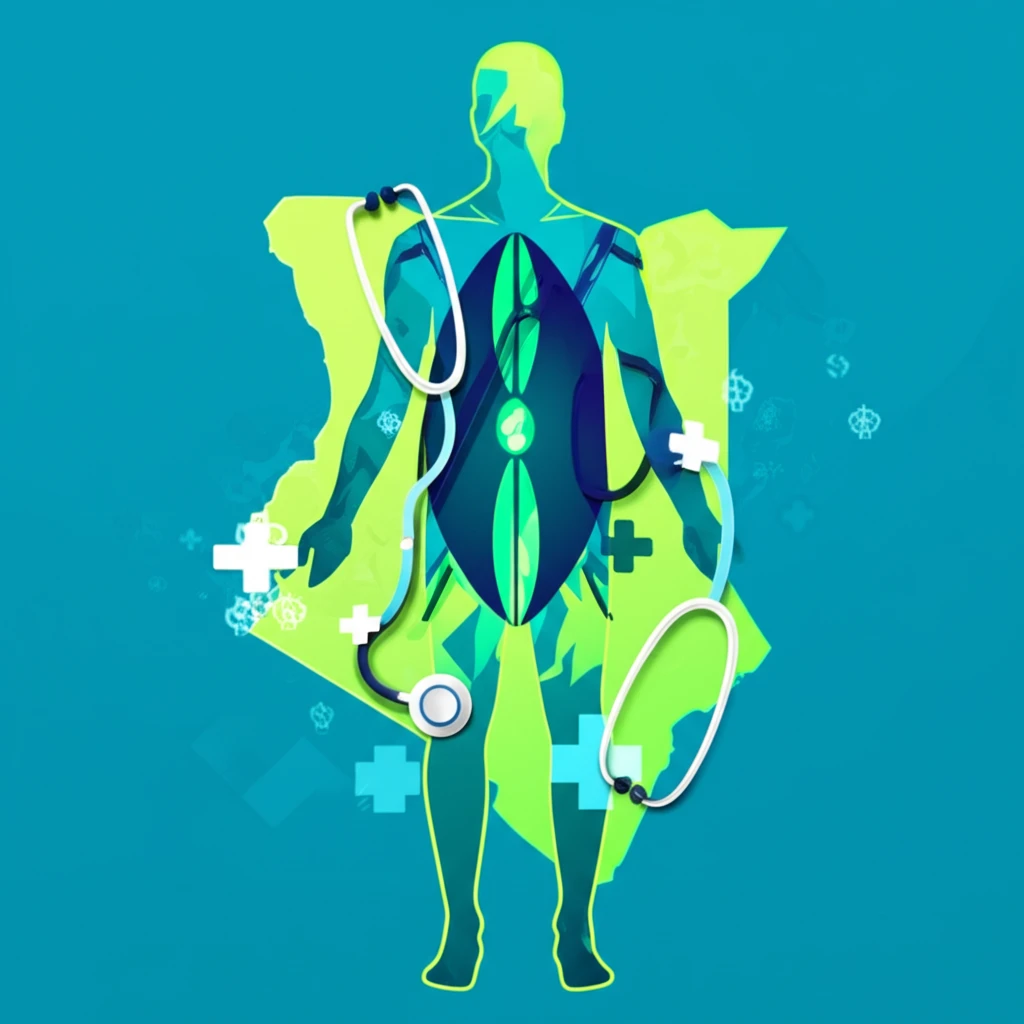
Universal Healthcare in Kenya: Are We Making Progress?
"A new study examines Kenya's strides towards Sustainable Development Goal 3.8, revealing gaps and opportunities for achieving universal health coverage."
Universal Health Coverage (UHC) is more than just a buzzword; it's a global commitment enshrined in the Sustainable Development Goals (SDGs). The promise of UHC is simple, yet profound: every person, everywhere, should have access to quality healthcare without facing financial ruin. For countries like Kenya, this goal represents a critical step towards a healthier, more equitable society.
But how do we measure progress towards such an ambitious goal? It's not enough to simply wish for UHC; we need concrete metrics to track our advancements, identify the challenges, and fine-tune our strategies. That's where a recent study published in BMJ Global Health steps in, offering a comprehensive look at Kenya's journey towards UHC between 2003 and 2013.
This article breaks down the study's key findings, revealing both the strides Kenya has made and the significant gaps that remain. We'll explore what these insights mean for the average Kenyan, and what reforms are needed to ensure that everyone has access to the healthcare they deserve.
Decoding Kenya's UHC Progress: Service Coverage and Financial Protection

The study, led by Edwine Barasa and colleagues, developed a summary index for UHC, focusing on two core dimensions: service coverage (SC) and financial risk protection (FRP). Service coverage encompasses the availability and utilization of essential health services, while financial risk protection assesses the extent to which people are shielded from financial hardship when seeking care. By analyzing data from national household surveys, the researchers were able to paint a detailed picture of Kenya's UHC landscape.
- Service Coverage (SC): The weighted summary indicator for SC increased from 27.65% in 2003 to 41.73% in 2013. This suggests that more Kenyans are accessing essential health services, such as antenatal care, immunizations, and treatment for common illnesses.
- Financial Risk Protection (FRP): Surprisingly, the summary indicator for FRP decreased from 69.82% in 2003 to 63.78% in 2013. This indicates that more Kenyans are facing financial hardship due to healthcare costs, potentially due to rising out-of-pocket payments.
- Inequities Persist: The study also highlighted significant inequities in both SC and FRP. This means that the benefits of UHC are not being shared equally, with some groups (particularly the poor) lagging behind.
- Overall UHC Measure: Combining SC and FRP, the weighted summary measure of UHC increased from 43.94% in 2003 to 51.55% in 2013. While this represents progress, it also underscores the considerable distance Kenya still needs to travel to achieve true UHC.
The Path Forward: Reforming Health Financing for Equitable UHC
The study's authors emphasize that significant gaps remain in Kenya's quest to achieve UHC. To bridge these gaps, they call for targeted health financing reforms focused on both service coverage and financial risk protection. This means increasing public funding for health, scaling up prepayment mechanisms (like health insurance), and reducing reliance on out-of-pocket payments. By prioritizing these reforms, Kenya can move closer to a future where quality healthcare is a right, not a privilege, for all its citizens.
